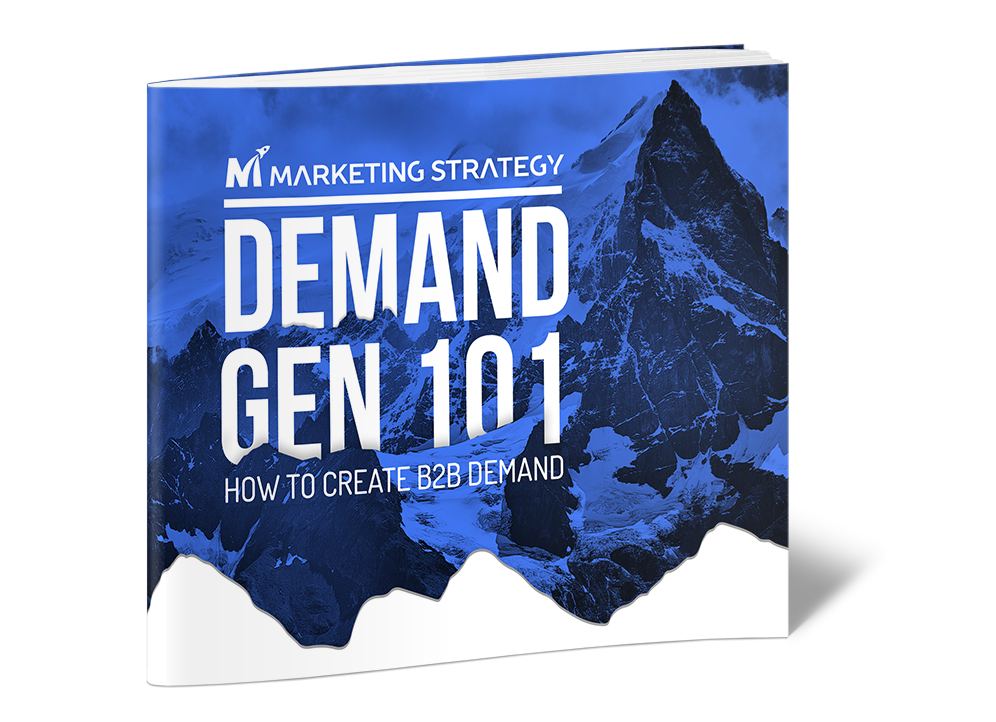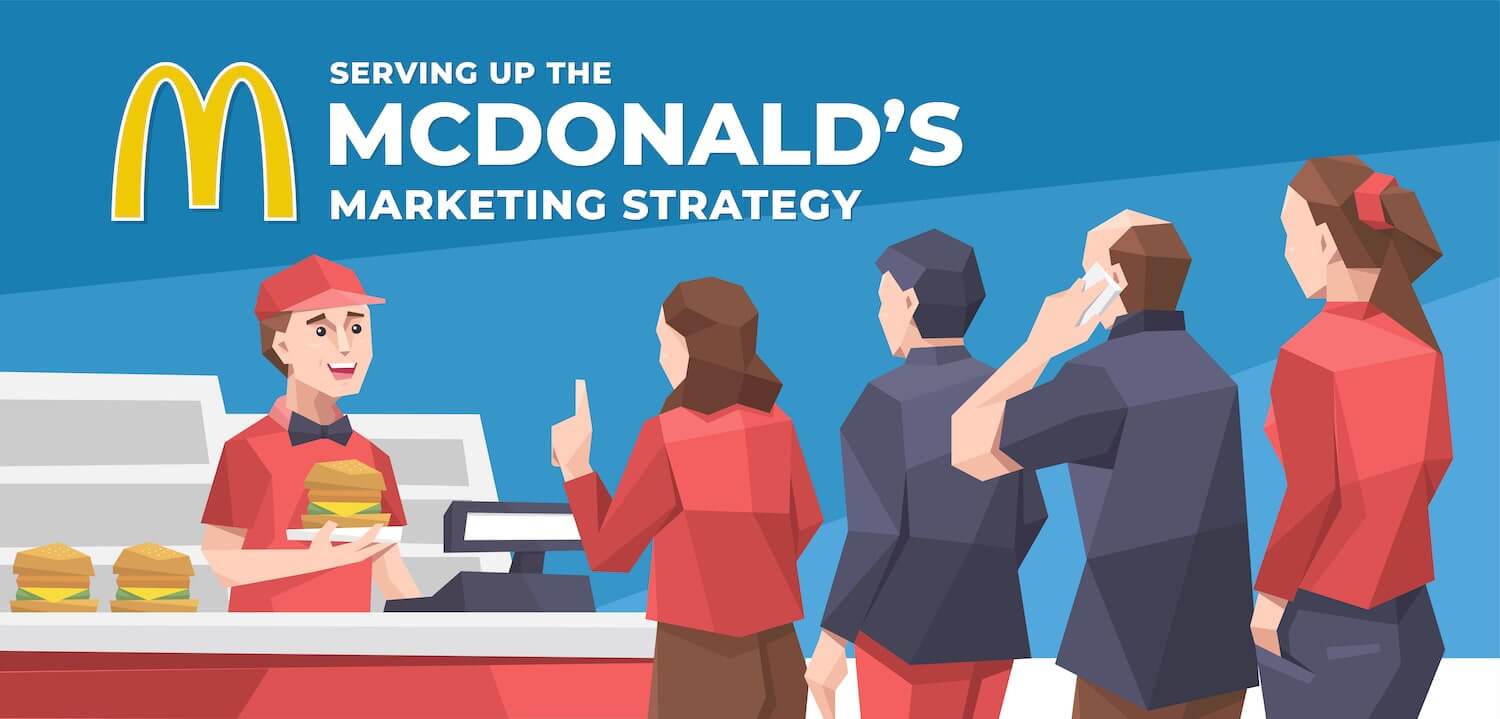In any month I talk to several managers about strategy – in particular, how they organize their resources to pursue customers whom they can satisfy better than their competitors. I’ve come away from those conversations with two conclusions.
First, the term “strategy” has no uniform meaning. Frameworks and models are, by and large, non-existent.
Second, the term “tactics” is seldom mentioned. This is understandable given that Business schools, until recently, have treated strategy as what MBAs do, and tactics as what the untrained masses do. Yikes!
So, to put my own mind at ease (if nothing else) I’ve pulled together this short primer on strategy and tactics – what they are, and how they differ. In doing so I hope to dispel the notion that “tactics” are an unworthy companion to strategy.
Real Men (and Women) Do Strategy
If résumés are any indication, managers and executives spend their lives intimately involved with “setting” or “executing” the strategies of their organizations. Broadly and generously speaking, this may be true. Yet, when it comes down to the tasks of deciding on strategy and assuming accountability for success, these decisions are typically the purview of a small number of the firm’s management.
Two Truths
One truth is that managers – including senior executives – spend 95%-98% of their time managing and executing the tactics of the business. Most managers are surprised – if not disappointed – to learn this, given that strategic roles in an organization are highly coveted.
Yet, devising and managing tactics are far from a mundane, routine or inglorious tasks.
A second truth is that most managers fail to understand the difference between strategy and tactics. The terms get muddled and misapplied regularly in planning meetings, with the label strategy often used on slides to describe what are, in fact, really tactics.
The (Short) Origin of Strategy and Tactics
The terms strategy and tactics share their roots in military parlance. They lend themselves nicely as business terms given that firms, just like nations set out to achieve goals and gain advantage over opponents pursuing the same goals.
Strategy derives from the Greek strategos: stratos = army, and ago = leading. It literally means the “art of the general.” Likewise, tactics is also derived from the Greek taktica – which means arranging, as in arranging troops.
The Difference Between Strategy and Tactics
Vision without action is a daydream. Action without vision is a nightmare. — Japanese proverb
Strategy and tactics are complementary – one is not effective without the other. Strategies give tactics a purpose and direction; tactics convert strategies into action and results.
The 19th century Prussian military theorist, Carl von Clausewitz, who popularized both terms, explained the difference between them this way: “Tactics is the art of using troops in battle; strategy is the art of using battles to win wars.”
Strategy, then, is the over-arching plan that governs the manner in which resources will be committed long term to achieve a stated objective.
Tactics are the short term decisions, actions and maneuvers – often taken in response to changes in situation and conditions – that support the strategy.
Strategy is a product of the mind. It is often difficult for others – especially opponents or competitors – to see it completely. The difficulty in detecting strategies is its own advantage. This is why they are kept secret, publicly described only when necessary, and only in general terms.
Tactics, on the other hand, involve actions in the marketplace that are often quite visible. It is difficult to infer a strategy based on the observation of tactics alone.
Comparing Strategy and Tactics
| Strategy | Tactic | |
| Scope | The big picture plan describing broad utilization of resources | A specific action, and situational response |
| Duration | long term | short term (sometimes immediate) |
| Influence on Resources | Significant – proactively commits all resources in advance to a stated course of action. | Minor – commits a portion of resources based on opportunity, threat and conditions, always in pursuit of desired results. |
| Examples |
|
|
Strategy and Tactics Applied to Marketing
In its most fundamental sense, business is about taking something of value to the market in exchange for money. The role of marketing is to use the firm’s resources to create and deliver that value successfully in the marketplace.
Strategy sets the master long term plan by capitalizing on the firm’s competitive advantage. At its core are two important decisions that every business, consciously or by default, makes:
- choosing the target market
- establishing the value proposition of the offering(s)
These sound simple to do. But recognizing a firm’s genuine competitive advantage, and converting that into the optimal choice of target customer and correct ingredients for a competitively sustainable value proposition, requires significant effort and skill.
Tactics underpin the firm’s strategy. They translate strategy into specific, concrete actions. Strategy sets the plan; tactics are specific, concrete actions that put the plan to work.
Tactics are the means by which strategy is converted into actions, and in turn into business results.
There is a seemingly endless list of tactics from which a firm can choose. Likewise, deciding on appropriate ones; applying them in the right way and in the right order; and monitoring their success frequently, knowing which ones to adapt and which to maintain resolutely, requires significant knowledge and skill.
A Framework for Strategic Decisions
Strategy is not performed in a vacuum. There are factors both within the firm’s control that can be managed, and factors lying outside its control which must be dealt with.
The 5-C Framework provides a simple way of sizing up the important factors that go into deciding on a strategy.
The first 3 Cs – Company, Collaborators, and Customers – lie within the firm’s control. The final 2 Cs – Competitors and Context (or, Climate) – capture the factors that lie outside the control of the firm. Taken together, analyzing the 5 C’s is a simple framework from which to evaluate different strategies.
The 5-C Framework
| Factor | Description |
| Company | If not the entire company, then the business unit or division that manages the offering. Goals, culture, market image, technological know-how and superiority, and product lines offered are all factors that shape direction, limitations, and competitive advantage. |
| Collaborators | Upstream players (suppliers, R&D services, marketing and selling agencies, alliances) and downstream players (distributors, retailers, other channels) all add to the value of the offering, augmenting what the Company can do on its own. |
| Customers | Target customers (B2C or B2B) represent a willing home for the firm’s offering. They can be described and defined by primary (behavioral) or secondary (demographic) characteristics. They may also represent final (end user) or intermediate (retail, channel) destinations. The goal is to match benefits to identifiable customer characteristics, and to deliver the value in a way that gives the offering an edge over that of competitors. |
| Competitors | Competitors, direct or indirect, current or potential, represent any entity that seeks to offer comparable benefits to the same target market. |
| Context (or Climate) | Represents relevant factors that shape the market landscape: economic, sociocultural, regulatory, technological, and physical (climate, terrain). |
A Framework for Tactical Decisions
Tactics are the actions that that put strategic plans into play. There are hundreds, if not thousands, of tactics from which to choose. Fortunately, there are frameworks that distill these choices into a few key decisions. The 4 Ps framework – product, place, price, promotion – that many of us learned in business school, is one conventional way of viewing these decisions.
The D-C-D Framework better summarizes the tasks associated with value management. Management’s job lies in choosing tactics appropriate to each of the three core tasks, and executing them well.
| The D-C-D Framework |
|
|
|
Putting it All Together
Strategy is two things:
- Matching your ideal customer to your offering, and doing so in a way that gives your firm an edge over its competitors (not just in your eyes, but in the eyes of your customer, too).
- Determining how to deliver the value that your offering genuinely – and uniquely – can offer in the marketplace.
The odds of having a superior strategy are enhanced when key factors – the 5Cs – are taken into account.
Tactics put meat on the bone, and shape the clay. They represent the myriad options available for designing, communicating, and delivering the value of your offering. Well-planned and well-executed tactics are what distinguish successful strategies from the “also rans.” One does little good unless accompanied by the other.
Finally, if you are unconvinced that good tactical know-how is as important as good strategic know-how, take a look at the compensation paid to sales executives on the 10Ks of the firms in which you hold stock.














Leave a Reply